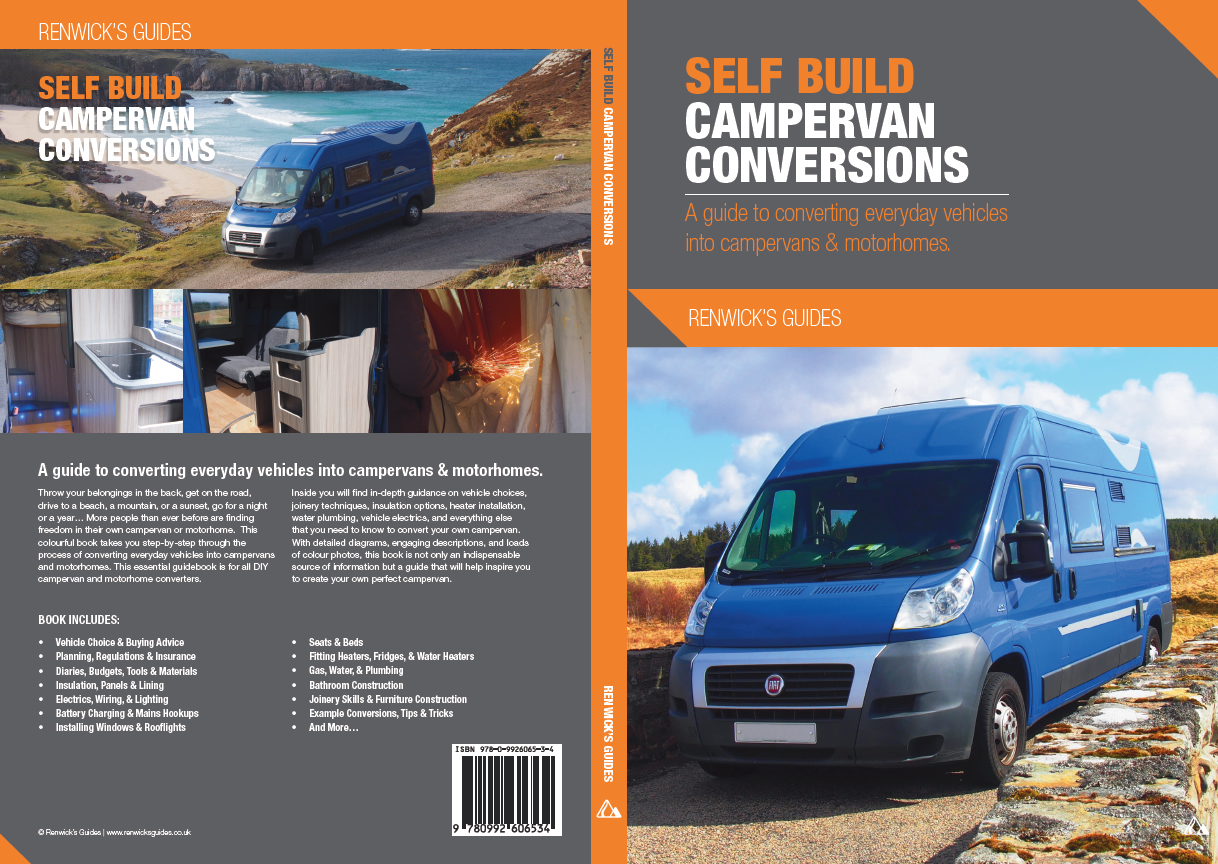3. Campervan Fridges
There are two different options for campervan fridges, both of these come in a range of sizes and both have their pros and cons associated with them. The two main types of campervan and motorhome fridges are compressor fridges and absorption fridges.
Compressor fridge:
A compressor fridge tends to be smaller and therefore (some would say) better suited for smaller conversions like T5s, Vitos, Trafics than absorption fridges. The great things about compressor fridges is that all you need is a 12 V connection, meaning you can just wire them into a leisure battery. The advantage of this is that with a compressor fridge you don’t need to cut holes in the side of the van. So, compressor fridges like domestic ones use a compressor to circulate the refrigerant and are powered by the 12V system or can be powered via the mains using an adapter. You can also power them using solar power panels and this can prove a good setup.
Absorption fridge:
Absorption fridges are also called 3-way fridges because they can usually work on 12V, gas, or mains. Instead of using a compressor, they use heat to circulate the refrigerant chemicals, and because there aren't any other moving parts they tend to be quieter at night than compressor fridges. Because of the heat generated you need to fit vents in the side of the van for this type of fridge. Cutting holes for the vents and plumbing in to the gas isn't too hard, but is certainly more involved than a compressor fridge. Although they are a bit harder to fit, absorption fridges are particularly good for use in campervans and motorhomes because they’re generally quieter than compressor fridges, plus it’s good to be able to run them off the gas so that you don't run out of power. Being able to run the fridge off the gas instead of the battery is particularly important if you plan to park up for any length of time between being at a campsite with a mains hookup or driving.







